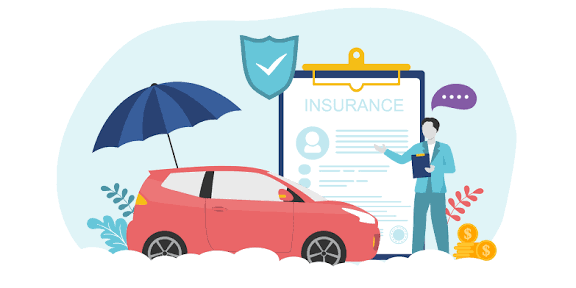Car insurance is a contract between you and an insurance company that protects you against financial loss in case of an accident or theft. In exchange for your premium payments, your insurer agrees to cover your losses as outlined in your policy. In most states, carrying at least minimum liability coverage is mandatory—you can’t legally drive without it. Beyond liability, policies often include collision, comprehensive, uninsured/underinsured motorist, and personal injury protection (PIP) options.
The landscape of car insurance in the United States is vast and varied, with rates influenced by a multitude of factors including your age, driving history, location, vehicle type, and credit score (in most states). Premiums can range from under $1,000 per year for low-risk drivers in rural areas to over $2,500 per year for higher-risk drivers in urban centers. Understanding how these factors interplay is crucial for finding a policy that balances cost with adequate protection.
State regulations also shape the requirements and options available to drivers. For example, California requires drivers to carry at least $15,000 in bodily injury liability per person, $30,000 per accident, and $5,000 in property damage liability, whereas Florida mandates $10,000 of PIP coverage regardless of fault. These statutory minimums vary widely, so it’s essential to check what your state mandates before purchasing additional coverages.
Besides state mandates, insurers often offer discounts to lower your premiums. Safe-driver discounts reward those with clean driving records, while multi-policy discounts apply if you bundle car insurance with homeowners or renters insurance. Advanced security features—like anti-theft devices, airbags, and collision-avoidance systems—can also earn you savings. Shopping around and comparing quotes is the best way to ensure you’re not overpaying.
Finally, be mindful of the fine print. Exclusions, deductibles, and policy limits can drastically affect out-of-pocket costs after a claim. A lower deductible typically means higher premiums, whereas choosing higher limits provides greater coverage at an added cost. Carefully review your policy documents and ask your agent to clarify anything you don’t understand before signing on the dotted line.
Types of Coverage
- Liability Coverage
Covers bodily injury and property damage you cause to others if you’re at fault. - Collision Coverage
Pays for damage to your vehicle resulting from a collision with another car or object. - Comprehensive Coverage
Protects against non-collision incidents like theft, vandalism, fire, or falling objects. - Uninsured/Underinsured Motorist (UM/UIM)
Safeguards you if you’re involved in an accident with a driver who lacks sufficient insurance. - Personal Injury Protection (PIP)
Covers medical expenses and, in some states, lost wages and other costs regardless of fault.
Factors Affecting Premiums
- Driving Record: Tickets and at-fault accidents raise your risk profile.
- Location: Urban areas with higher theft and accident rates tend to have steeper premiums.
- Vehicle Type: Sports cars or luxury vehicles cost more to insure than sedans or SUVs.
- Credit Score: In most states, insurers use credit-based insurance scores to predict risk.
- Mileage: The more you drive, the greater your exposure to potential claims.
How to Choose the Right Policy
- Assess Your Needs: Consider your driving habits, vehicle value, and financial situation.
- Compare Quotes: Get at least three quotes from different insurers to gauge pricing.
- Evaluate Financial Strength: Look up insurer ratings from A.M. Best or Standard & Poor’s.
- Check Customer Service Reviews: Reliable claims handling and good service can save headaches later.
- Customize Coverages: Add or drop optional coverages based on your risk tolerance and budget.
Tips to Lower Your Car Insurance Premium
- Maintain a Clean Driving Record: Avoid tickets and accidents to qualify for safe-driver discounts.
- Bundle Policies: Combine auto with home or renters insurance for multi-policy savings.
- Increase Your Deductible: Raising your deductible can significantly reduce your premium—just be sure you can afford it.
- Take Defensive Driving Courses: In many states, completing an approved course earns you a discount.
- Install Safety Features: Anti-theft devices, backup cameras, and other tech can lower your rates.
Conclusion
Securing the right car insurance policy in the USA involves understanding mandatory requirements, evaluating the types of coverage available, and shopping wisely for the best rates. By maintaining a clean driving record, comparing multiple quotes, and taking advantage of discounts, you can protect yourself on the road without overpaying. Always read the fine print, adjust deductibles and limits to match your financial comfort zone, and work with reputable insurers to ensure peace of mind every time you drive.









